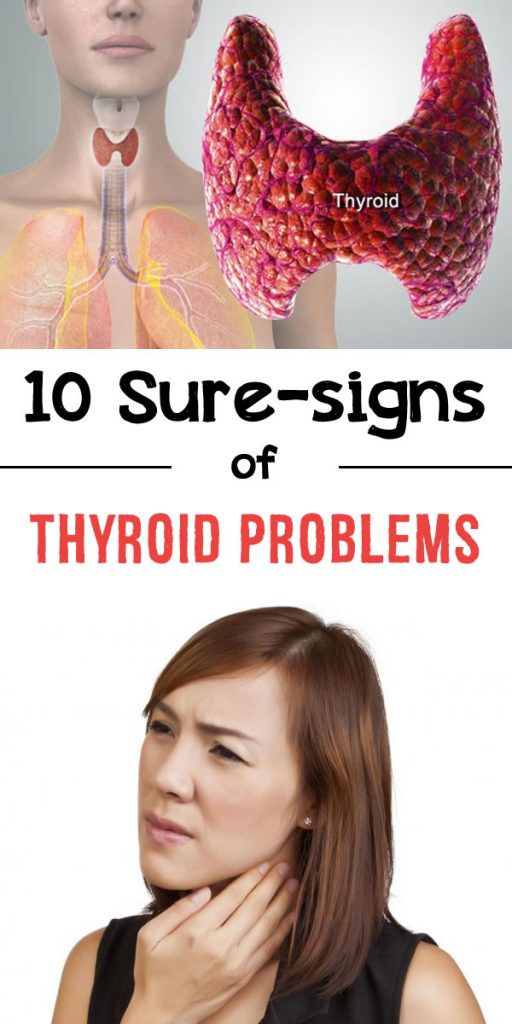

THYROID ISSUES SKIN
This condition is characterized by the development of thickened, reddish skin on the front of shins. Very rarely, individuals with Graves’ disease develop a skin condition known as pretibial dermopathy or myxedema.

Less often, blurred or double vision, sensitivity to light, and/or diminished vision may also occur. Some individuals describe a gritty sensation in the eyes. Affected individuals may also experience dry eyes, puffy eyelids, eyelid retraction, inflammation, redness, pain, and irritation of the eyes. Most individuals have mild disease with no progression.Ĭommon eye abnormalities include swelling of the tissues surrounding the eye that may cause the eye to protrude or bulge out of its protective socket (orbit), a condition referred to as proptosis. It can also follow a pattern of worsening (exacerbations) and then going improving greatly (remission). In some individuals it may remain the same for many years, while in other individuals it may improve or worsen. Graves’ ophthalmopathy is highly variable. In some instances, Graves’ ophthalmopathy may first become apparent or may worsen following treatment for Graves’ hyperthyroidism. In rare instances, individuals with eye symptoms never develop hyperthyroidism.
/Thyroid-SCIEPRO-56a11b475f9b58b7d0bbbd68.jpg)
Eye symptoms can develop before, at the same time or after the development of hyperthyroidism. While mild ophthalmopathy is present in the majority of people who have Graves’ hyperthyroidism at some point in their lives, less than 10% have significant eye involvement that requires therapy. Graves’ disease is often associated with abnormalities affecting the eyes often referred to as Graves’ ophthalmopathy. Additional symptoms include unintended weight loss, muscle weakness, an abnormal intolerance to heat, increased sweating, a rapid, irregular heartbeat (tachycardia) and fatigue Symptoms may include behavioral changes such as nervousness, irritability, anxiousness, restlessness and difficulty sleeping (insomnia). Onset of the symptoms associated with Graves’ disease is usually gradual, often taking several weeks or months to develop. Graves’ disease is an autoimmune disease. Common symptoms include unintended weight loss, an abnormal intolerance of heat, muscle weakness, fatigue and protrusion or bulging of the eyeballs from their sockets. Thyroid hormones are involved with many different systems of the body and, consequently, the specific symptoms and signs of Graves’ disease can vary widely from one person to another. Graves’ disease is characterized by abnormal enlargement of the thyroid (goiter) and increased secretion of thyroid hormone (hyperthyroidism). Hormones are secreted directly into the bloodstream where they travel to various areas of the body. The thyroid is a gland and is part of the endocrine system, the network of glands that secrete hormones that regulate the chemical processes (metabolism) that influence the body’s activities as well as regulating the heart rate, body temperature, and blood pressure. Graves’ disease is a disease affecting the thyroid and often the skin and eyes.


 0 kommentar(er)
0 kommentar(er)
